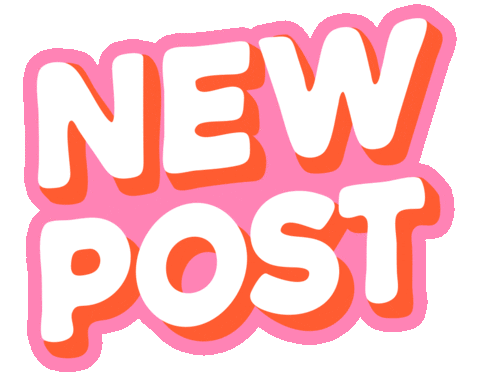Top Features to Look for in Clothing Design Software in 2025

The fashion industry in 2025 moves at the speed of culture. Collections are conceived, prototyped, previewed, and iterated in weeks—not months—while shoppers expect perfect fit, sustainable choices, and immersive digital experiences. If you’re evaluating clothing design software this year, the right feature set can compress development cycles, reduce sampling costs, and turn data into better design decisions. Here’s a practical, no-nonsense guide to the capabilities that matter most.
1) AI-Assisted Ideation, Patterns & Repeats
Modern suites go beyond basic suggestions. Look for:
-
AI sketch-to-pattern: Convert hand sketches or rough outlines into editable blocks and slopers.
-
Generative repeats & prints: Create seamless motifs, scale intelligently, and auto-generate colorways.
-
Smart pattern cleanup: Auto-detect notches, seam allowances, and grainlines; fix intersections.
-
Trend & reference search: Private, rights-safe search across your own library; avoid public data leakage.
Why it matters: AI offloads the grunt work so designers spend more time on silhouette, brand DNA, and storytelling.
2) True 3D Garment Visualization with Physics
3D isn’t optional anymore. Insist on:
-
Realistic fabric simulation (drape, stretch, shear, bending) with tunable material presets.
-
Multi-layer accuracy for interlinings, quilting, padding, and structured tailoring.
-
High-res renders & real-time viewport for quick internal reviews and marketing-ready visuals.
-
Avatar diversity: Age, body types, mobility postures, and inclusive sizing.
Why it matters: Accurate 3D reduces physical samples, speeds approvals, and improves fit outcomes.
3) Integrated Pattern Making, Grading & Marker Making
End-to-end pattern workflows should be native:
-
Parametric pattern drafting: Edit by measurement rules instead of redrawing.
-
Automated grading with custom grade rules and region-specific size charts.
-
Marker & cut plan optimization: Nest pieces to minimize waste, with fabric roll constraints and defect zones.
-
Notch/label automation: Production-friendly outputs, including mirrored pieces and placement markers.
Why it matters: Tight integration prevents data loss between tools and cuts material waste.
4) Fabric & Trims Digital Twins
Build with real-world accuracy:
-
Material libraries: Physical property profiles (GSM, elasticity, thickness) and visual PBR maps.
-
Trim models: Zips, buttons, buckles with correct physics and collision.
-
Supplier-synced data: Import mill specs, test reports, and compliance docs.
Why it matters: Reliable digital twins mean your 3D sample behaves like the real garment on the first try.
5) PLM/ERP Connectivity & Bill of Materials
Design never lives alone. Prioritize:
-
PLM integration: Push/pull styles, versions, and tech packs without manual exports.
-
BOM generation: Auto-populate materials, trims, thread, packaging; track consumption and costs.
-
Change logs & versioning: Full audit trail across design, sourcing, and production.
Why it matters: Seamless data flow keeps merchandising, sourcing, and factories aligned.
6) Fit Intelligence & Size Inclusivity
Fit is now data-driven:
-
Body scan import: Use 3D body data from scan booths or mobile capture.
-
Fit maps & pressure heatmaps: Visualize tight spots, drag lines, and stretch zones.
-
Adaptive sizing: Algorithms that propose pattern adjustments for extended sizes and speciality fits.
-
Graded avatar sets: Validate across sizes XS–4X (or more) in a single session.
Why it matters: Inclusive fit increases conversion, reduces returns, and builds brand loyalty.
7) Sustainability & Costing Dashboards
Design with impact (and margins) in mind:
-
Material impact scoring: Carbon, water, chemicals; support for Higg-like indices or your custom model.
-
Waste analytics: Offcut predictions from markers; recommendations for recuts or upcycling.
-
Cost simulations: Real-time landed cost estimates by vendor, MOQ, and shipping mode.
Why it matters: Teams make smarter trade-offs early, not after samples and POs are set.
8) Collaboration, Reviews & Approvals
Keep everyone in the loop without email chains:
-
Comment-on-geometry: Pin feedback on a seam, panel, or stitch line directly in 2D/3D.
-
Live co-editing: Multiple roles (designer, pattern maker, tech designer) in one file with permissions.
-
Shareable 3D viewers: Passworded links for buyers and factories—no installs needed.
-
Task workflows: Assign, due dates, and status for tech packs, fit rounds, and lab dips.
Why it matters: Shorter review cycles and fewer miscommunications mean faster time-to-market.
9) Tech Pack Automation
From concept to factory with one click:
-
Auto-spec tables: Measurements, tolerances, stitch types, SPI, and seam allowances pulled from the model.
-
Artwork placement sheets: Accurate coordinates, scaling, and color separations.
-
Packing & labeling: Size ratio packs, carton markings, and barcode formats.
-
Multi-language support: Vendor-ready docs in local language templates.
Why it matters: Clean, consistent tech packs cut sampling delays and factory queries.
10) Print & Color Management
Color accuracy saves headaches:
-
Pantone/TCX libraries with device-independent profiles.
-
Colorway orchestration: Apply palettes across entire ranges and auto-generate lookboards.
-
Repeat/rapport tools: Half-drop, brick, and custom grids with tiling checkers.
-
Proofing workflows: Soft proof targets and delta-E variance tracking.
Why it matters: What you see in design should match what arrives from the mill.
11) AR/VR Showrooms & Digital Line Reviews
Merchandising goes immersive:
-
Virtual showrooms: Present collections to wholesale buyers in 3D environments.
-
Try-on previews: AR overlays for consumer testing and pre-order validation.
-
Gesture-based navigation (optional) for in-store or event experiences.
Why it matters: Sell concepts earlier, collect buyer feedback, and de-risk inventory.
12) Quality, Testing & Compliance Hooks
Ship confidently:
-
Wash/abrasion simulations: Predict pilling, shrinkage, and colorfastness thresholds.
-
Restricted Substances support: Attach RSL/AFIRM docs per style or component.
-
Regional compliance: Map care symbols, fiber labeling, and safety norms per market.
Why it matters: Catch issues before production, avoid relabeling or rework costs.
13) Automation, APIs & Extensibility
Make the system fit you—not the other way around:
-
Open REST/GraphQL APIs: Connect to PLM, DAM, analytics, e-commerce, and vendor portals.
-
Scripting/macros: Batch-process grading, exports, or render jobs.
-
Plug-in ecosystem: Niche tools (e.g., footwear lasts, protective gear standards) when you need them.
Why it matters: Future-proofs your stack and keeps switching costs low.
14) Cloud, Performance & Security
Speed and trust are non-negotiable:
-
Hybrid compute: Local for heavy 3D tasks; cloud render queues for final assets.
-
File version control: Conflict resolution and rollbacks.
-
SSO & role-based access: Granular permissions for internal teams and vendors.
-
Data residency & backups: Meet enterprise IT and brand security requirements.
Why it matters: Designers get responsiveness; IT gets governance.
15) User Experience, Training & TCO
Adoption wins projects:
-
Intuitive UI: Minimal tool switching, contextual menus, keyboard shortcuts you can customize.
-
Learning resources: In-app tutorials, certifications, and sandbox projects for new hires.
-
Support SLAs: Global time-zone coverage and vendor-led fit clinics.
-
Transparent pricing: Seat-based + render minutes/storage, with clear overage rules.
Why it matters: A brilliant feature set is useless if your team won’t use it.
A Quick Evaluation Checklist
When shortlisting platforms in 2025, pressure-test these scenarios:
-
Import a sketch → AI draft pattern → auto-grade to your size chart.
-
Apply two fabrics with different physics → verify drape differences on diverse avatars.
-
Generate markers for two cut widths → compare waste and unit cost.
-
Create a tech pack from the 3D style → share via a vendor link → receive in-context comments.
-
Push style, BOM, and render to your PLM → confirm round-trip edits sync back.
-
Export AR assets for a virtual showroom → collect buyer notes → log them to the style record.
If a platform nails those in under an hour with your data, you’re looking at a mature, production-ready solution.
Final Thoughts
Clothing design software development in 2025 is judged by how well it compresses the journey from idea to hanger while elevating fit, sustainability, and margin. Prioritize AI where it truly saves time, insist on physically accurate 3D, and demand deep integrations so design decisions automatically ripple through sourcing and production. With the right toolset, your team can ship fewer samples, make fewer compromises, and deliver collections that resonate—on the runway, on the rack, and online.





